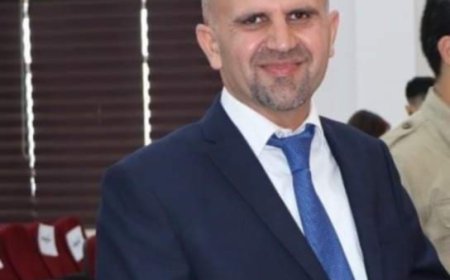Pentagon Orders Reduction in Top Military Ranks to Streamline Leadership
The directive is part of a broader Trump administration effort to cut federal spending and streamline the military, though critics warn it could politicize the armed forces and erode their nonpartisan role.

U.S. Defense Secretary Pete Hegseth on Monday ordered sweeping cuts to the top ranks of the American military, directing a 20% reduction in four-star generals and a 10% cut in general and flag officers across all service branches, according to the Associated Press (AP).
The directive comes as part of a broader Trump administration push to reshape the military and slash federal spending, a move officials say aims to reduce bureaucracy and increase efficiency. However, critics argue it risks politicizing the armed forces and undermining the apolitical nature of military leadership.
In a memo outlining the changes, Hegseth stated that the reductions are intended to eliminate “redundant force structure” and “streamline leadership,” freeing the military from what he described as “unnecessary bureaucratic layers.” The order also requires the National Guard to shed 20% of its top leadership positions.
The Pentagon currently has around 800 general officers, including 44 at the four-star level. The Army holds the largest share, with 219 generals, eight of whom hold four stars.
These cuts follow a string of high-profile firings since January, including that of Gen. CQ Brown Jr., the chairman of the Joint Chiefs of Staff. Also ousted were the only two women serving as four-star officers, alongside several other senior female commanders, raising questions about the administration’s personnel motives.
Earlier dismissals, Hegseth had said, reflected “the president wanting the right people around him to execute the national security approach we want to take.”
Rep. Seth Moulton (D-Mass.), a Marine veteran and member of the House Armed Services Committee, condemned the cuts, saying they appear to target dissenting voices in the military leadership. “He’s creating a formal framework to fire all the generals who disagree with him — and the president,” Moulton told AP. “It’s hard to see these cuts in any other context.”
Moulton also warned that blurring the line between military obedience and political loyalty could damage the foundations of American democracy. “It is essential that our troops understand they are getting constitutional orders, not political orders,” he said.
Hegseth’s tenure has been marked by controversial policies, including efforts to eliminate diversity programming, ban transgender service members, and enforce stricter physical standards for combat roles. In recent weeks, he has also reportedly dismissed or reassigned several key advisers, tightening his control over the Pentagon’s leadership.
Adding to the tension, lawmakers from both parties expressed concern after receiving only a last-minute notice of the directive, a break from usual protocol. A congressional aide described the alert as “very brief,” with no detailed justification provided.
The military restructuring coincides with a broader transformation plan unveiled by Hegseth last week, which includes closing or merging Army headquarters, decommissioning older equipment, and shifting personnel to combat units. These changes are part of what he calls a drive to build a “leaner, more lethal force.”
Amid the restructuring, the Army, according to AP, confirmed it will hold a large-scale military parade on President Trump’s birthday in June to mark the service’s 250th anniversary, an event expected to cost tens of millions of dollars.
The cuts come as pressure mounts from both President Trump and Elon Musk’s Department of Government Efficiency to reduce federal expenditures, especially within large institutions like the Pentagon.
While Hegseth and his allies portray the reforms as necessary modernization, critics worry the real cost may be the military’s longstanding commitment to remaining above partisan politics.
(Source:Kurdistan24)












































